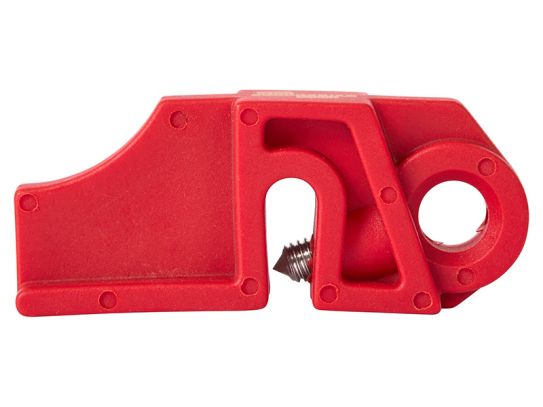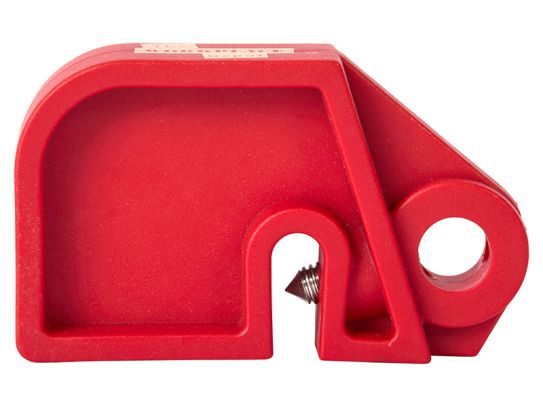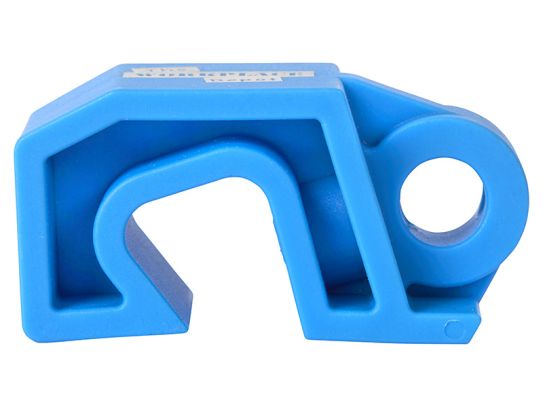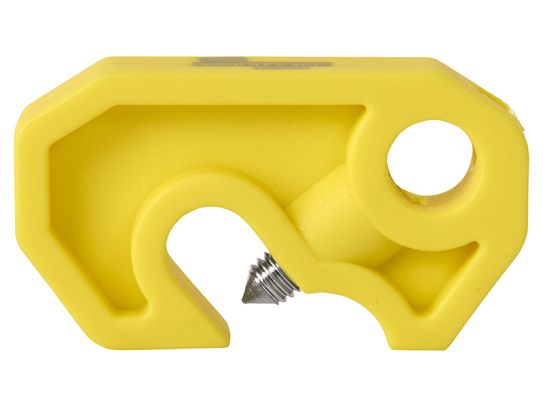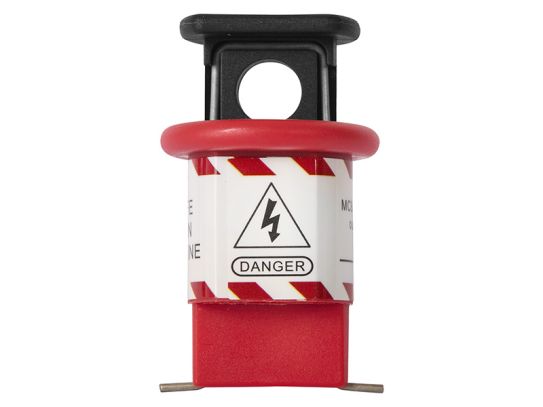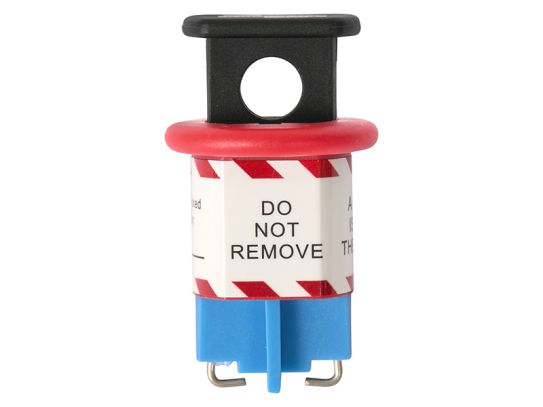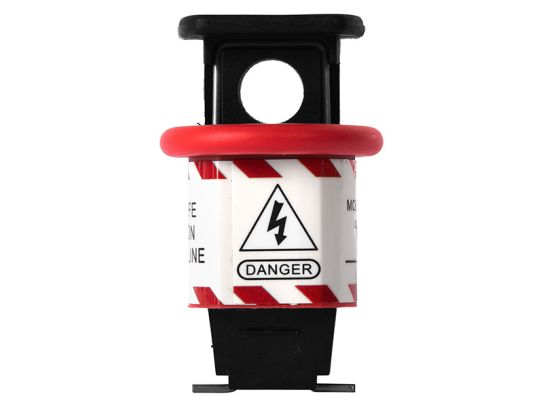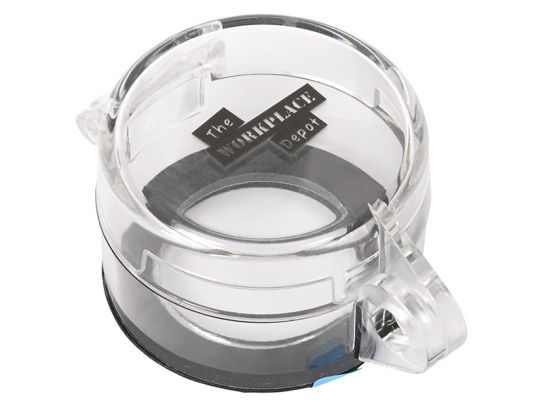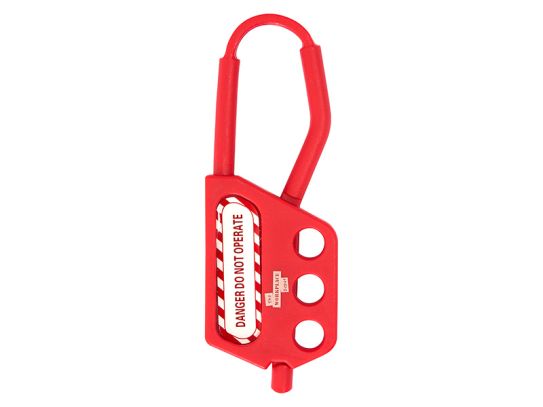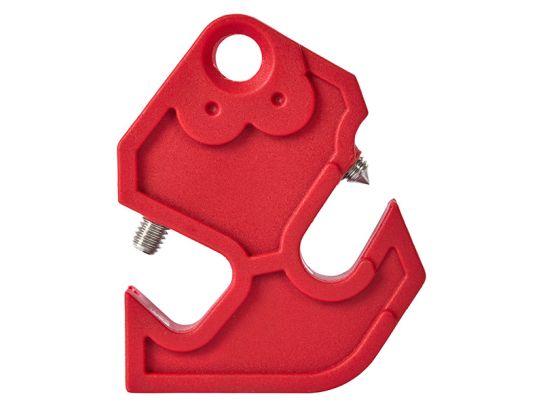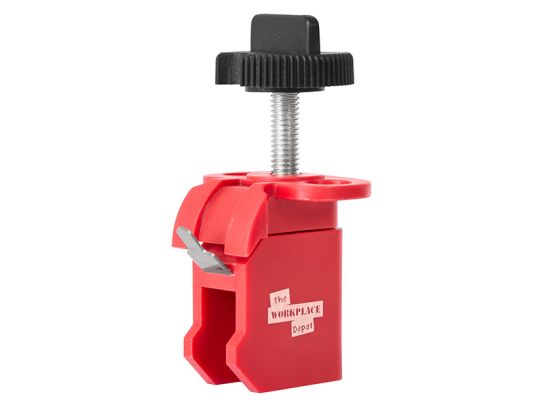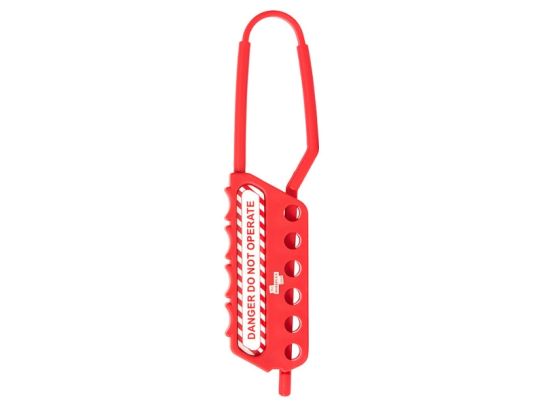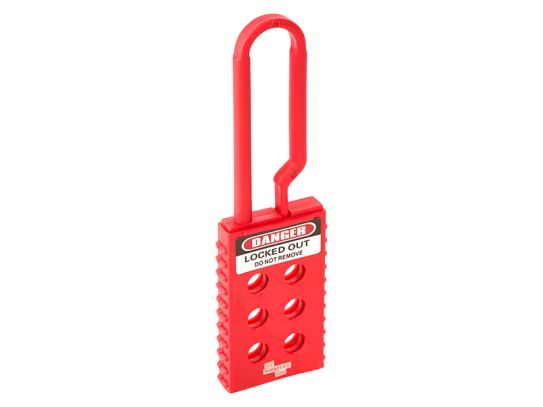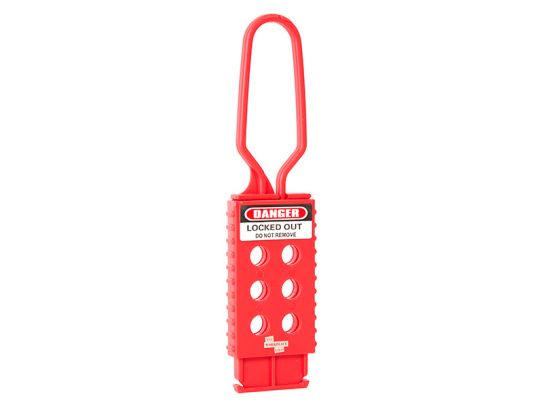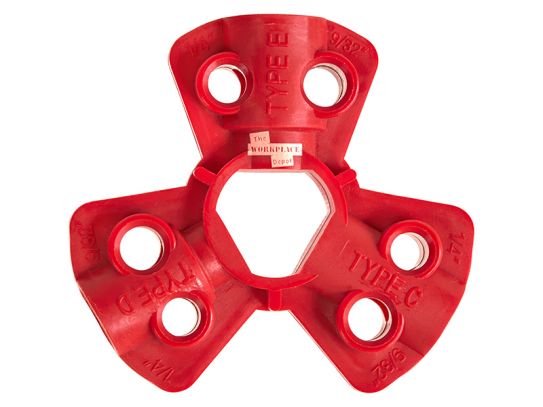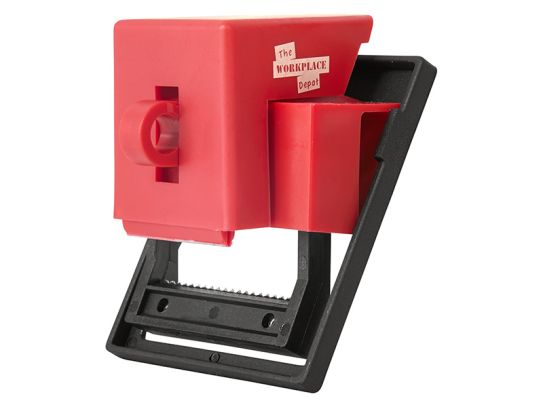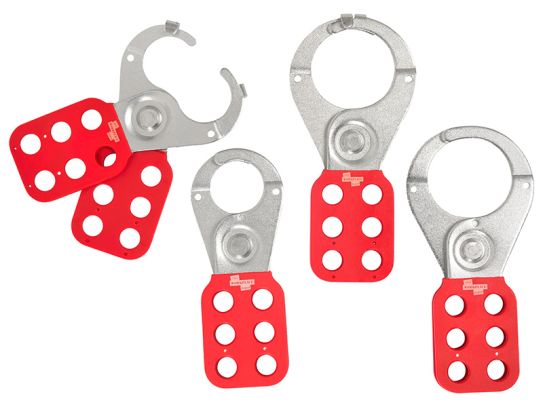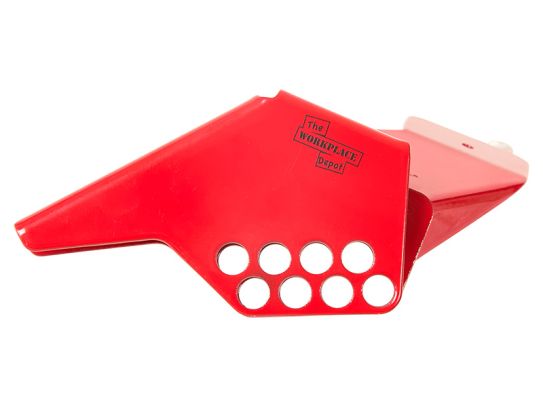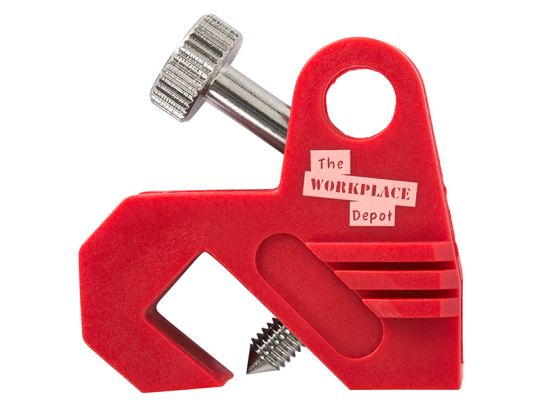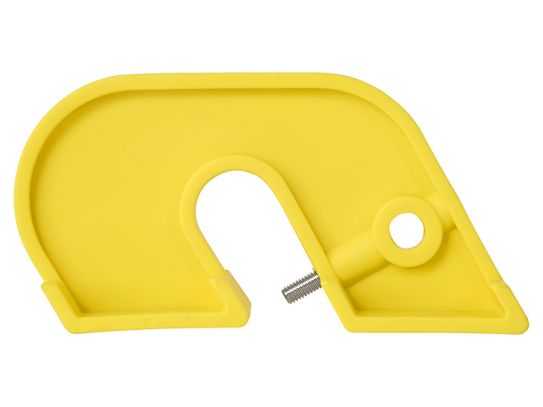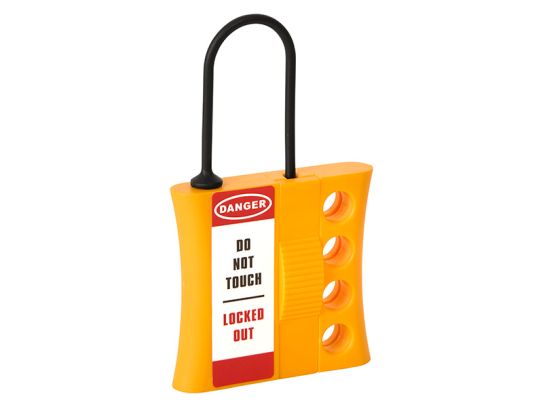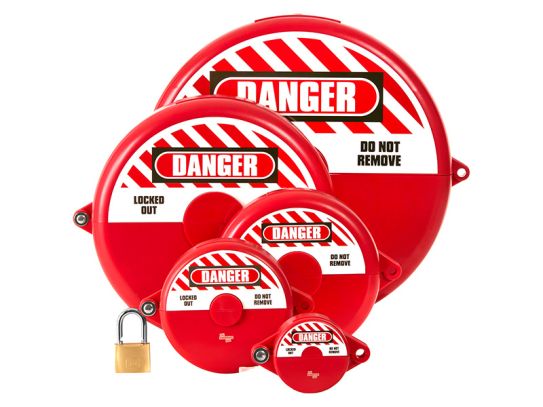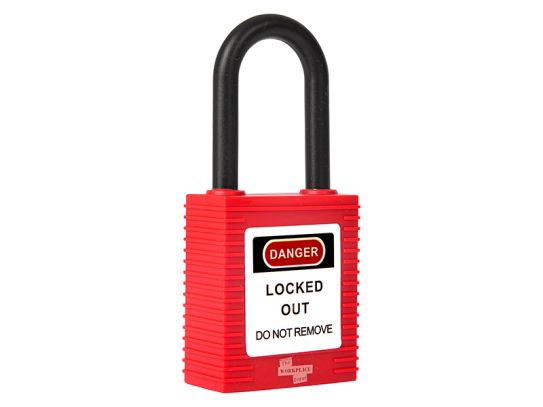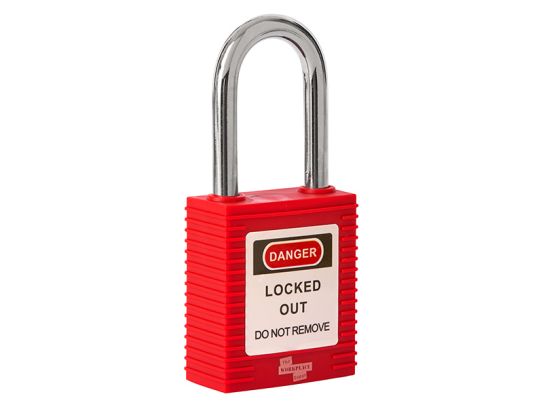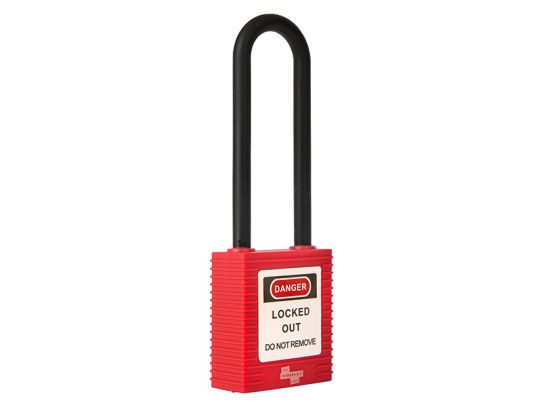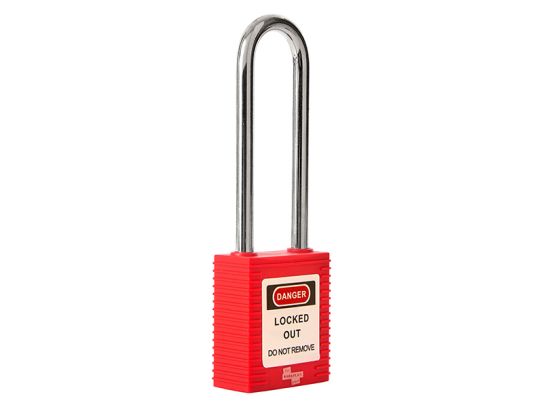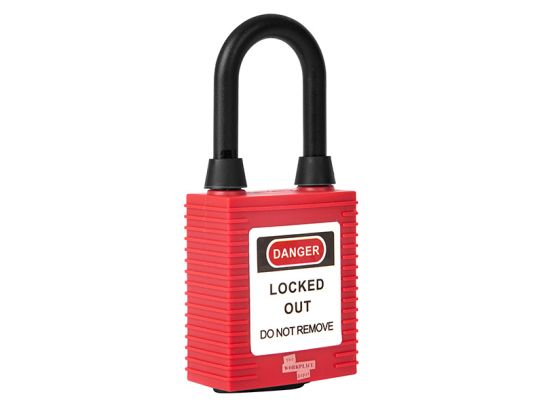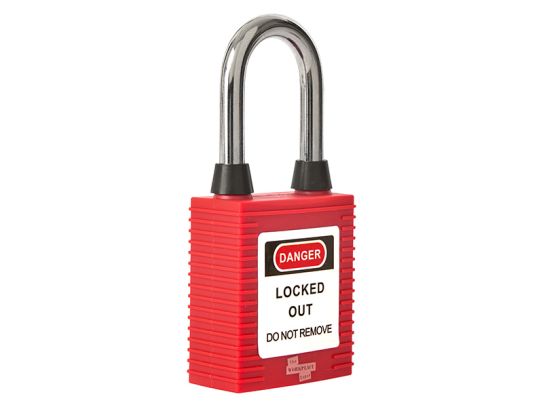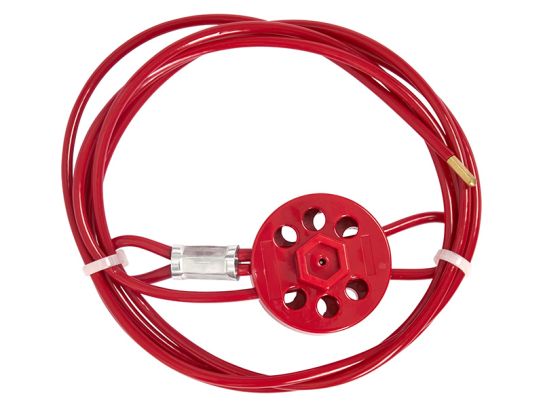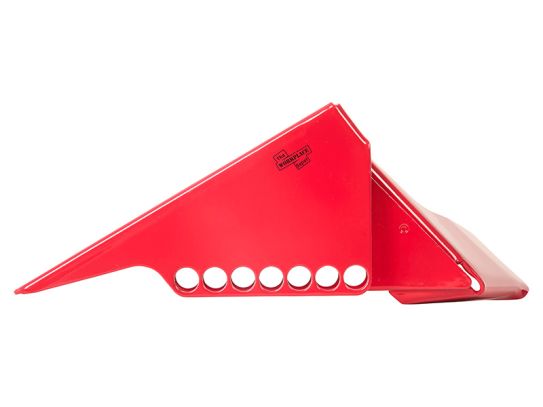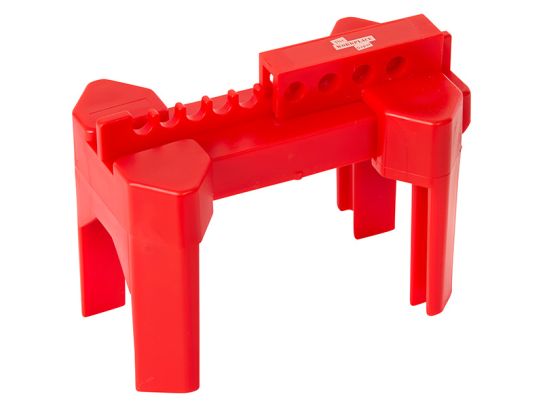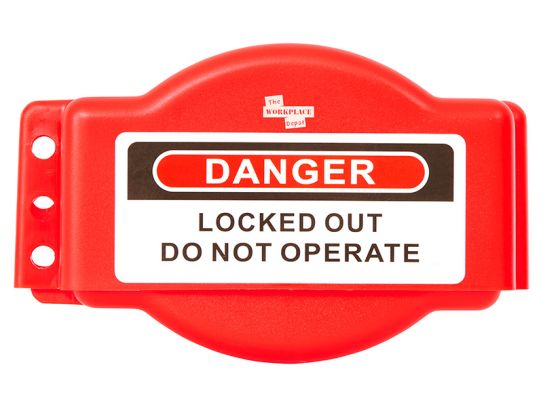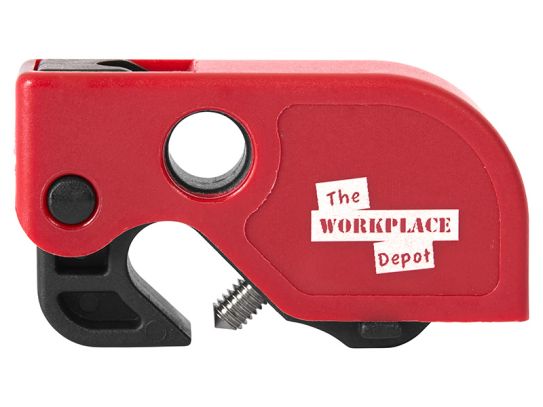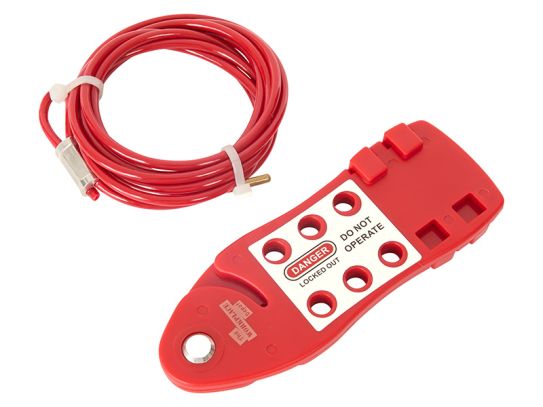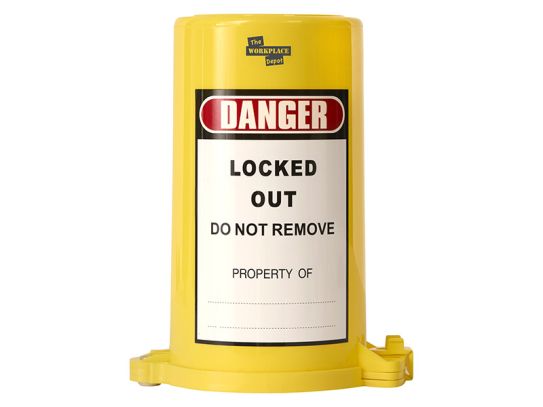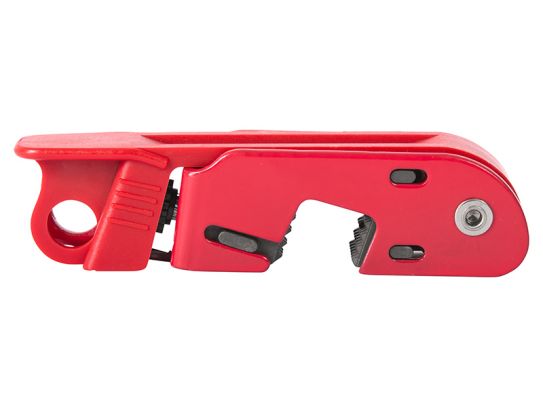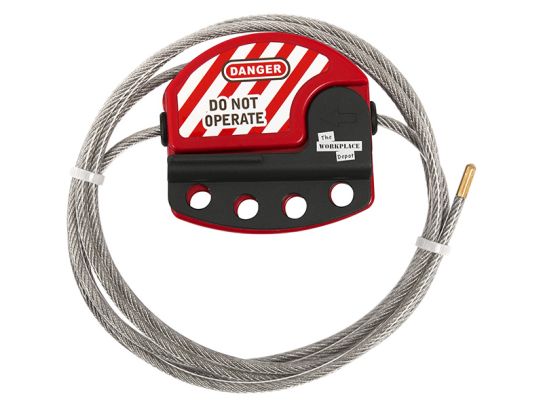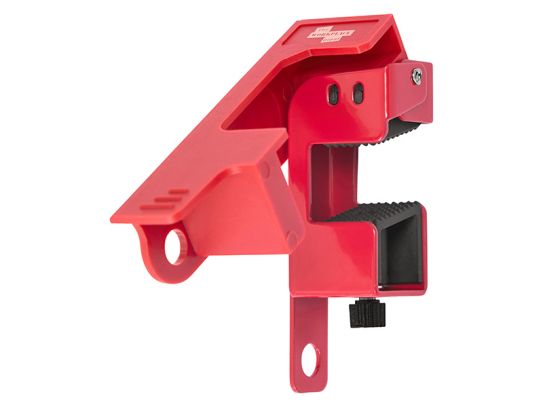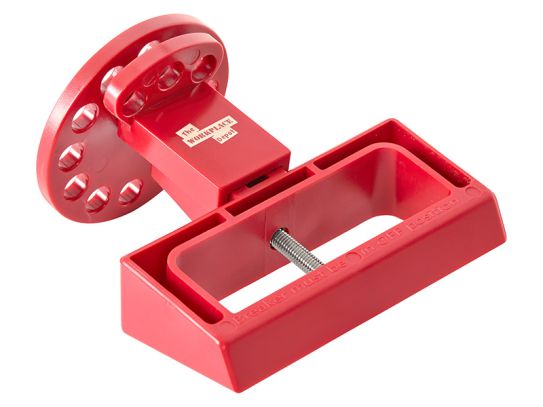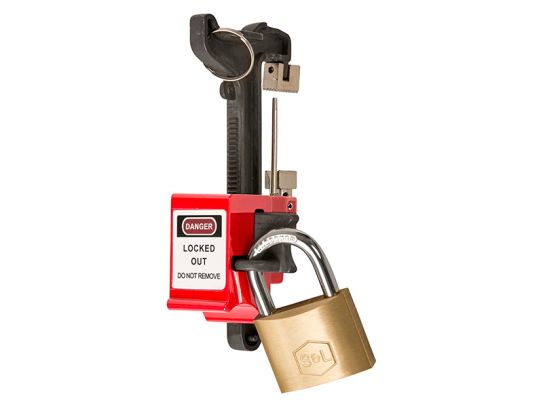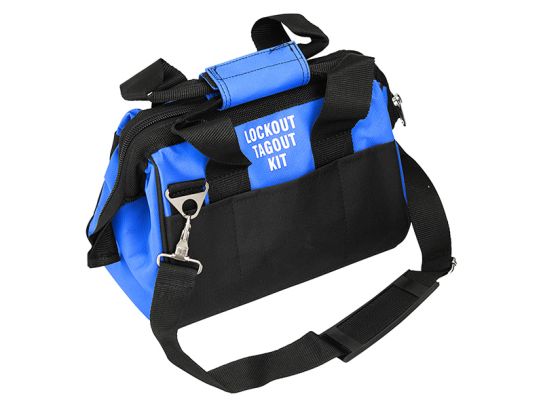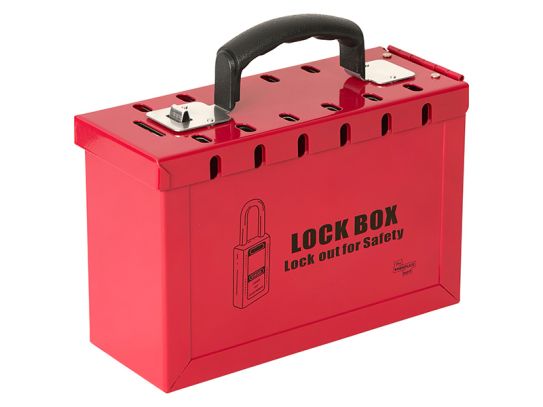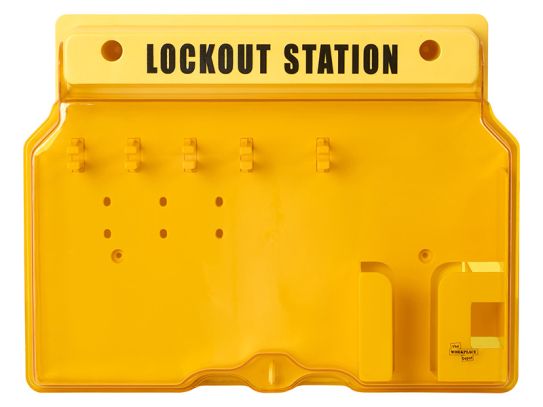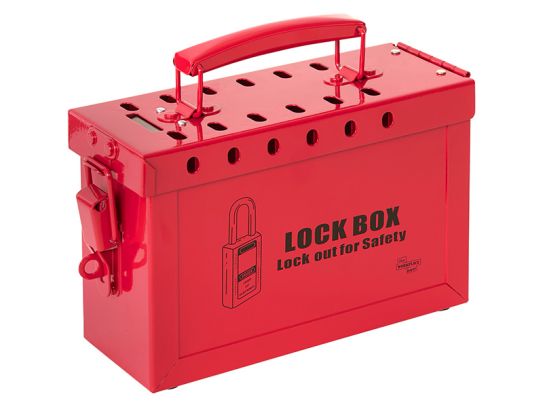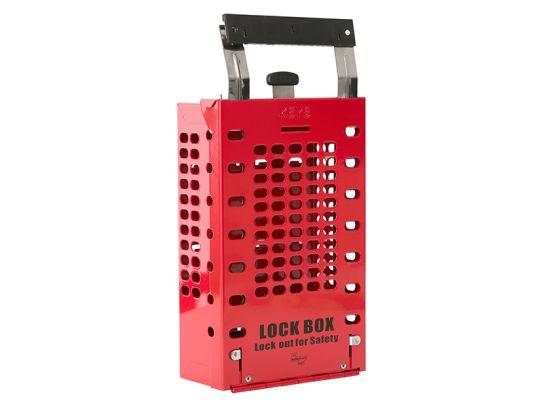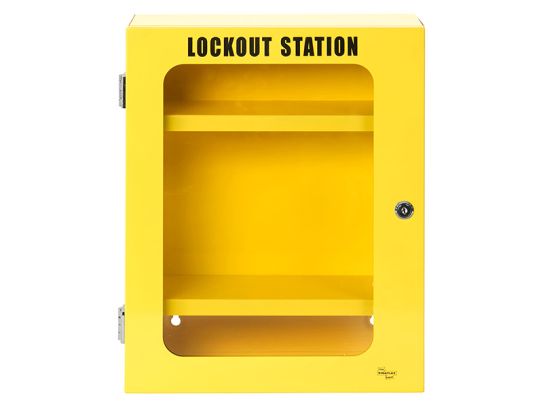Lockout Equipment
Protect Your Workers, Secure Your Equipment
Introducing the ultimate solution for workplace safety - our range of lockout equipment. From lockout hasps to valve lockouts, plug lockouts, lockout tags, and cable lockouts, we've got you covered. Protect your workers and prevent accidents with our durable and easy-to-use products. With our lockout equipment, multiple workers can safely isolate machinery, ensuring a safe and productive work environment. Don't settle for less when it comes to safety - choose our lockout equipment today!
What Is Lockout Equipment?
Lockout equipment refers to a variety of tools and devices that are used to physically block the energy source of machinery or equipment, in order to prevent it from being accidentally activated while maintenance or repairs are being performed. Examples of lockout equipment include lockout hasps, valve lockouts, plug lockouts, lockout tags, and cable lockouts. The purpose of lockout equipment is to ensure the safety of workers by preventing the unexpected release of hazardous energy.
What Are Some Common Uses for Lockout Equipment?
Lockout equipment is commonly used in industrial and manufacturing environments, as well as in other settings where machinery and equipment are used. Some common uses for lockout equipment include:
- Isolating machinery or equipment during maintenance or repairs: By physically blocking the energy source, lockout equipment prevents machinery or equipment from being accidentally activated while it is being serviced.
- Preventing accidental startup of equipment: Lockout equipment can be used to prevent equipment from being accidentally started, which can be a major safety concern in certain types of work environments.
- Controlling access to hazardous areas: Lockout equipment can be used to control access to hazardous areas, such as electrical panels or machine controls, by physically blocking the energy source.
- Identifying equipment that is under lockout: Lockout tags and other identification devices can be used to clearly identify equipment that is under lockout, helping to prevent confusion and ensure that the correct procedures are followed.
- Protecting workers who are working on live equipment: Lockout equipment can be used to protect workers who are performing tasks on live equipment, such as electrical work or maintenance on machinery that cannot be shut off.
What Are the Different Types of Lockout Equipment?
There are several different types of lockout equipment that are used to physically block the energy source of machinery or equipment. Some common types include:
- Lockout hasps: These are devices that can be used to lock multiple lockout points on a piece of equipment, allowing multiple workers to lock out the energy source at the same time.
- Valve lockouts: These are devices that are used to lock valves in the closed position, preventing the flow of energy or fluids.
- Plug lockouts: These are devices that are used to lock electrical plugs in the off position, preventing the flow of electricity.
- Lockout tags: These are tags or labels that are used to identify equipment that is under lockout, helping to prevent confusion and ensure that the correct procedures are followed.
- Cable lockouts: These are devices that are used to lock cable or rope, preventing energy from flowing through the cable.
- Electrical Panel Cover: These are devices that are used to cover electrical panels, preventing access to electrical switches and breakers.
- Padlocks: These are locks that can be used to lock a variety of lockout devices, such as hasps and valve lockouts.
- Lockout Stations: These are equipment that can be used to store multiple lockout devices and padlocks in a central location, making it easy for workers to find the lockout equipment they need.
- Circuit breaker lockout: These are devices that are used to lock out the circuit breaker, preventing the flow of electricity.
All these types of lockout equipment are used to physically block the energy source of machinery or equipment in order to prevent it from being accidentally activated while maintenance or repairs are being performed, ensuring the safety of workers.
What Are the Key Features to Consider When Choosing Lockout Equipment?
When choosing lockout equipment, there are several key features to consider to ensure that the equipment is appropriate for your needs and will effectively block the energy source of your machinery or equipment. Some key features to consider include:
- Durability: Look for equipment that is made from durable materials and is built to withstand heavy use.
- Compatibility: Make sure that the lockout equipment is compatible with your machinery or equipment, and that it can be used to effectively block the energy source.
- Ease of use: Look for equipment that is easy to install and use, so that workers can quickly and easily lockout the energy source as needed.
- Multiple locking points: If you need to lock out multiple points on a piece of equipment, look for equipment that allows for multiple locks to be used at once.
- Identification: Make sure that the equipment includes a way to identify it is under lockout, so that workers can quickly and easily tell which equipment is locked out and which is not.
- Versatility: Choose equipment that can be used for a variety of applications, such as electrical, pneumatic, mechanical, and hydraulic systems
- Compliance: Make sure that the lockout equipment you choose meets OSHA and other safety standards and regulations.
- Size and shape: Make sure the equipment size and shape is suitable for the machinery or equipment, and it can be locked in securely.
By considering these key features, you can ensure that you choose lockout equipment that is appropriate for your needs and will effectively block the energy source of your machinery or equipment, keeping your workers safe.
What Safety Considerations Should Be Taken Into Account When Using Lockout Equipment?
When using lockout equipment, it is important to take several safety considerations into account to ensure that the equipment is used properly and that workers are protected from hazards. Some safety considerations to keep in mind include:
- Training: Workers should be properly trained on how to use lockout equipment, and should be aware of any hazards associated with the equipment they are working on.
- Procedures: Proper lockout procedures should be established and followed, including procedures for placing and removing locks, and for identifying equipment that is under lockout.
- Inspection: lockout equipment should be inspected regularly to ensure that it is in good working condition and that all parts are secure.
- Communication: Workers should communicate with each other when placing locks or removing locks, to ensure that everyone is aware of the status of the equipment.
- Compliance: Make sure that the lockout equipment and procedures you are using are compliant with OSHA regulations and other safety standards.
- Multiple locks: When using lockout equipment that allows for multiple locks, make sure that all locks are being used, and that all workers understand the importance of the multiple locks.
- Personal protective equipment: Workers should be provided with and wear appropriate personal protective equipment when working with machinery or equipment that is under lockout.
- Testing: Before starting work on machinery or equipment that has been locked out, test the equipment to ensure that it is isolated and that it cannot be energised.
By taking these safety considerations into account, you can ensure that lockout equipment is used properly and that workers are protected from hazards, minimising the risk of accidents and injuries in the workplace.
Are There Any UK or European Industry Standards or Regulations That Apply to Lockout Equipment?
Yes, there are a number of industry standards and regulations that apply to lockout equipment in the UK and Europe.
- In the UK, the Health and Safety Executive (HSE) has published guidance on the control of hazardous energy (also known as lockout/tagout), which sets out the legal requirements for controlling hazardous energy and the use of lockout equipment. The guidance is based on the Provision and Use of Work Equipment Regulations (PUWER) and the Management of Health and Safety at Work Regulations (MHSW).
- In Europe, the lockout equipment is covered by the EU Machinery Directive (2006/42/EC) which lays down essential health and safety requirements for machinery and equipment. The directive requires that machinery and equipment must be designed and constructed in such a way that the risk of injury to persons is minimised. It also requires that machinery must be designed and constructed in such a way that it can be shut down safely.
- Additionally, the European Standard EN ISO 13849-1:2015 Safety of machinery - Safety-related parts of control systems - Part 1: General principles for design provides guidance on the design of safety-related control systems for machinery, including requirements for lockout equipment.
It is essential for manufacturers and employers to be familiar with the regulations and standards that apply to lockout equipment and ensure that their equipment and procedures are compliant with them, to prevent any accidents or injuries in the workplace.
